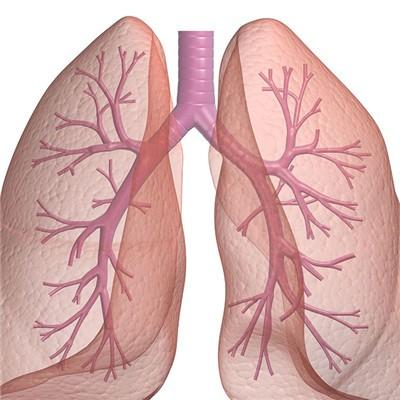Familial amyloid polyneuropathy?
summary
Familial amyloidosis refers to the amyloidosis of peripheral nerve, which is a group of severe progressive sensory and motor peripheral neuropathy caused by amyloid deposition in peripheral nerve, accompanied by autonomic nerve dysfunction. Familial amyloid polyneuropathy mainly includes amyloid peripheral neuropathy, primary amyloidosis and dialysis related neuropathy/ β 2. Amyloidosis of microglobulin.
Familial amyloid polyneuropathy?
Familial amyloidosis polyneuropathy includes many clinical types, which are mainly classified according to the race of the family. In recent years, with the development of molecular biology, gene mutation can be classified according to the characteristics of gene mutation. FAP is autosomal dominant inheritance, but the clinical characteristics of different types are different.

The main clinical features of familial amyloidosis polyneuropathy in the elderly are fine sensory fiber neuropathy and low autonomic nerve function. The symptoms were pain paresthesia, loss of symmetrical pain and temperature sense, and retention of position sense and vibration sense. After sensory symptoms, myasthenia can appear, which is limited to both feet, and then gradually involved in the upper limbs, similar to the clinical manifestations of carpal tunnel syndrome. Autonomic dysfunction can appear at the beginning of the disease, manifested as orthostatic hypotension, diarrhea, impotence, skin ulcer and loss of sweating function. Hepatosplenomegaly, proteinuria or nephrosis, abnormal globulinemia and megaglossia may be involved in other systems.

The diagnosis of familial amyloidosis polyneuropathy mainly depends on the deposition of amyloid substance found by tissue biopsy. The commonly used sites include sural nerve, muscle, skin, rectum and tongue muscle. DNA analysis showed that the mutation of trans alpha protein gene was helpful to the diagnosis and typing of FAP. In 90% of primary amyloid neuropathy, M protein can be detected by immunofixation electrophoresis in serum or urine, which is helpful for diagnosis.

matters needing attention
There is no effective method to prevent familial amyloidosis polyneuropathy. Strengthening the nursing and symptomatic treatment of the patients can prolong the survival period. Amyloid peripheral neuropathy usually progresses slowly and eventually leads to death due to multiple organ involvement. Primary amyloid neuropathy progressed rapidly and had a poor prognosis. The patients died within 2-10 years after onset, with an average survival of 1-2 years.














